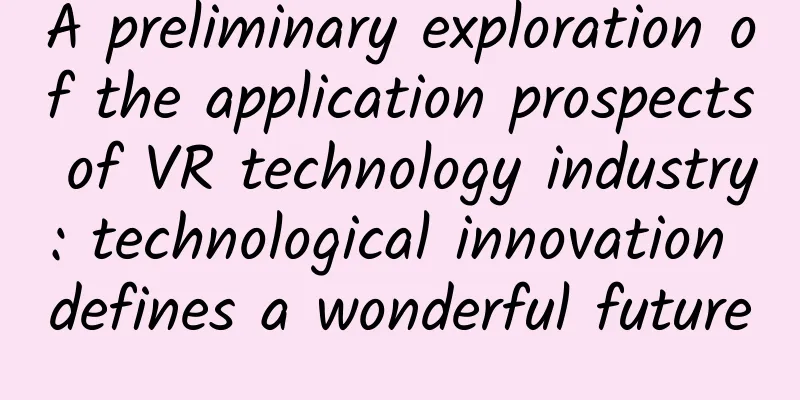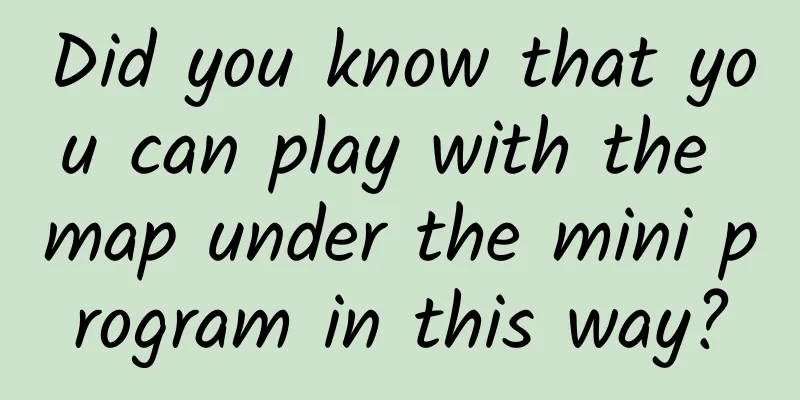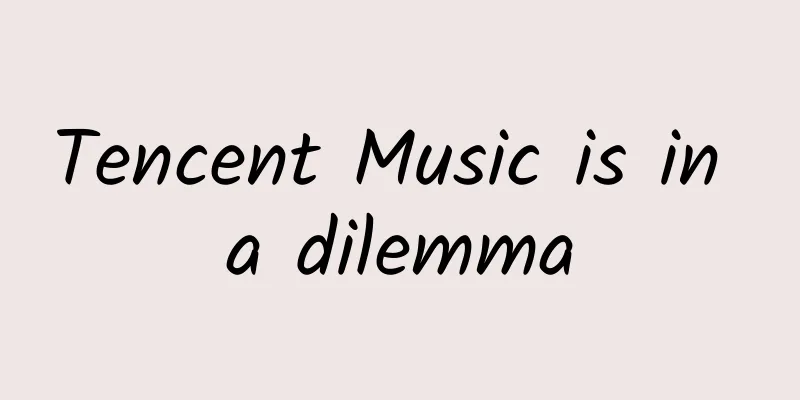Close your eyes and open them again, it’s time to go to work! Why does the weekend pass so quickly? | Expo Daily

|
Why do weekends go by so fast? When it comes to holidays, everyone seems to have a common perception - it's vacation, close your eyes and open them, it's time to go to work! In fact, this kind of "holiday passes quickly" illusion has a basis in psychology and biology! Psychologists generally believe that when people are exposed to new things or experience explosive and rich activities in a short period of time, they will feel that time passes much faster than usual. Because during this event, more intensive information bombardment than usual will be transformed into more memories. Psychologists call this phenomenon the "holiday myth." Studies have found that the more event memory points there are, the faster time passes. Neurobiologists have a view that the mechanism by which people continue to act through rewards and punishments is related to the perception of time. In past studies, we have found that dopamine plays a critical role in the perception of time. When we receive an unexpected reward, or what we call a prediction error, dopamine increases, triggering the body's reward mechanism. To this end, the team of scientists conducted the following experiment - let the subjects observe the number on the screen. In most cases, it is a continuous and stable "0". In very rare cases, the next number that appears will be a positive integer, and the subject will receive an extra reward. At the same time, the display time of the second number will change, and the subject needs to answer which of the 0 and the positive integer lasts longer. When the subjects unexpectedly received a bonus, they felt that the positive integer lasted longer. This is because the duration of the reward memory stored in the short-term memory is magnified by speeding up the sense of time, and as the amount of the bonus increases, the distortion of the subject's perception of time becomes more obvious. Therefore, time passes unknowingly in the perception of happiness. The picture comes from the copyright library. Reprinting may cause copyright disputes The Chinese started making wine 10,000 years ago Recently, the Institute of Geology and Geophysics of the Chinese Academy of Sciences, the Zhejiang Provincial Institute of Cultural Relics and Archaeology and other institutions focused on the remains of the Shangshan culture in Zhejiang, my country, and used a variety of microfossil analysis techniques to discover new evidence of the earliest wine brewing in East Asia, revealing the rice wine brewing technology of the Shangshan site 10,000 years ago. Studies have shown that in the early stages of rice domestication, the Shangshan people adopted a wide range of livelihood strategies and used pottery, especially small-mouthed jars to brew rice wine with Monascus as the main saccharifying agent. The study suggests that these alcoholic beverages may have played an important role in ritual feasts, highlighting the function of alcoholic beverages as a medium for human interaction and communication between humans and gods. This special function of rice wine may be one of the important factors that promoted the widespread cultivation, utilization and spread of rice in China during the Neolithic Age. Rice domestication and rice winemaking are important components of agriculture and food culture in East Asia. Studying the evidence of rice winemaking in the Shangshan culture can trace the origin of agriculture in East Asia and the formation process of early food culture. This has important supplementary value in analyzing the path of rice domestication and technological evolution, as well as the history of world agriculture and winemaking. This study reveals the complexity and innovation of early rice winemaking, and provides important scientific basis for exploring the origin of rice farming, early social structure and technology dissemination in East Asia. Image source: Li Liu, Jianping Zhang, Jingbo Li, Yahui He, Zhongzhe Gao, Leping Jiang. Identification of 10,000-year-old rice beer at Shangshan in the Lower Yangzi River valley of China. PNAS, 2024, 121(51): e2412274121 In movies and TV dramas, croton is so poisonous that it can be as toxic as a tiger or a wolf! Croton is often mentioned in daily life. If someone is constipated or wants to lose weight, someone will always joke and ask to get some croton, as if croton is a very common and commonly used medicine, and you can even use it to play a prank on your deskmate. In fact, croton is much more powerful than you think. Croton is a plant of the genus Croton in the Euphorbiaceae family. Just hearing these two organizations makes people weak in the knees. It does not have the mechanism of causing diarrhea like lactose intolerance. It makes people feel pure poisoning. The main and toxic ingredient of croton (which is also the medicinal ingredient) is croton oil, which accounts for about half of its weight. It also contains alkaloids, toxic proteins, organic acids, etc. The toxicity it causes is very complex. In addition to strong digestive tract irritation, it can also cause hemolysis, central nervous system poisoning, tissue dehydration and necrosis, carcinogenesis... and many other problems. I am afraid that one poison may not kill you. Interestingly, the acute toxicity of croton is not effective for all animals. Humans, fish, shrimp, dogs, and snails are very afraid of croton ingredients, but for common animals such as mice, sheep, ducks, geese, and frogs, normal doses of croton cannot knock them down. Cows will only have diarrhea and wilt after eating croton, but they will not die. What exactly is a big language model? Big language models refer to a type of artificial intelligence model with a large number of parameters and complex network structures. These models are specifically designed to process and understand human language. Big language models have a wide range of application scenarios, including but not limited to: ① Natural language processing ; ② Chatbots ; ③ Content generation ; ④ Recommendation systems . Let's take a look~ The content is compiled from China Science Expo Weibo, Institute of Physics, Chinese Academy of Sciences, Digital Beijing Science Center, Museum, Science Popularization China This article was first published on China Science Expo (kepubolan). Please indicate the source of the public account for reprinting |
>>: Which one makes you gain weight more easily, eating noodles or eating rice?
Recommend
Harbin Institute of Technology develops a new super-hydrophilic membrane to break through the bottleneck of secondary pollution!
Science and Technology Daily (Reporter Li Liyun, ...
Uncovering the secret of HoloLens' high energy and low consumption: 24-core HPU
Even though it has been released for a long time, ...
The latest news on the Shenyang epidemic in 2022: Is the city under lockdown? When will the ban be lifted? The latest official notification is here!
Recently, local epidemics have occurred in many p...
iOS alternative memory management
[[129290]] OS memory management is a commonplace ...
Beizhen SEO training: Daily data analysis of Guangzhou website SEO optimization
Guangzhou website SEO optimization is not just ab...
This year was supposed to be a warm winter, so why is our country "the only coldest in the world"?
Recently, North China broke the historical low te...
Is it difficult to write brand copywriting for the Dragon Boat Festival? Share 15 for your reference!
The Zongzi Festival on May 5th is coming soon. Th...
Nearly 20% of users have upgraded to iOS 15, and the speed has dropped significantly compared to 14
[[427118]] It has been 10 days since iOS 15 was r...
Marketing promotion skills: Turn the masses into a “mob”!
Introduction: It is not only Socrates who was kil...
Fish bone stuck in throat, swallow rice and drink vinegar?
Popular saying: Many people have experienced fish...
The sunglasses you wear everyday don’t work when you drive?
In summer, many people go out fully armed and wra...
This kind of "water-filled bell" common in the south bears fruit all year round and is nutritious and delicious.
Some people say that wax apple is a "bell fi...
By reading "The Art of War", let's talk about how to promote and operate APP?
I have recently been studying " The Art of W...
GITC 2014: Great changes in the Internet era from the perspective of technology development services
[[120836]] In today's ever-changing era, pred...
The legendary terminator of plastic pollution may cause more serious pollution
As global demand for plastics continues to surge,...









